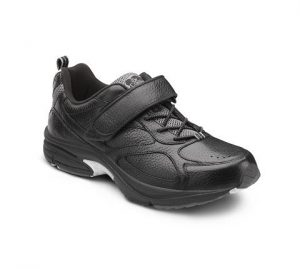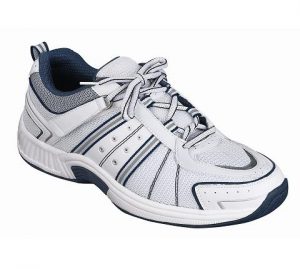Managing diabetes can seem like a lot of work, but new technology is making it easier than ever to track blood sugar, plan meals, and more! Here are some of the best downloadable mobile apps to help you live a full and healthy life with diabetes.
Medical ID : ICE – In Case of Emergency, a free Android app and iPhone feature to help you share medical information with first responders.

In case of an emergency, this simple but powerful app can make sure that first responders and helpers know of your medical condition(s). Medical ID: ICE allows users to write a medical profile that is accessible from the lock screen, offering quick information on emergency contacts, medication, conditions and allergies. Note that while this is an app for Android, Medical IDs are a built-in feature for iPhones – you can set yours up by following these instructions.
Diabetes:M, a free app for logging glucose levels and nutrition.
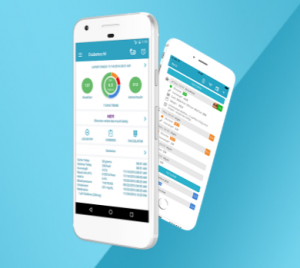
Logging apps like Diabetes:M make it easy to record and share treatment information with physicians and loved ones. Diabetes:M allows you to log everything from food intake to glucose levels to exercise time. Try using Diabetes:M with a sophisticated nutrition app like Fooducate or My Diet Diary to get a full picture of your health and wellness.
Sugar Sense, a free app for tracking carbs, blood sugar, and glucose readings.
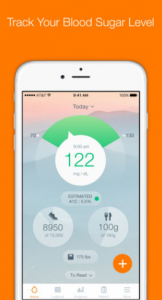
Sugarsense is another tracking option focused on blood sugar readings specifically. One of the major benefits of Sugar Sense is its compatibility with other wellness apps, such as your fitness tracker and My Diet Diary. Doctors love it because it allows you to view your estimated HbA1C level and track your progress over time. Overall, its a great app for combining fitness data with diabetes management updates.
Health2Sync, a free app that tracks blood pressure, blood sugar, weight and mood. It can also synchronize to your glucometer.
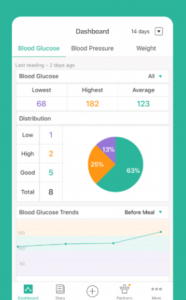
Like the other two apps listed above, Health2Sync captures data on multiple health indicators like blood sugar, weight, and blood pressure. It differentiates itself from other apps by syncing glucometer readings (at an additional cost) and by tracking your mood so you can get a full picture of mental and physical health.
Diabetes Recipe App, a free app that puts 400+ diabetes-friendly recipes at your fingertips.

One of the biggest challenges of adjusting to a diabetic lifestyle is changing your diet. This app allows you to find delicious diabetes-friendly recipes handpicked by the folks at diabetes.co.uk. You can filter recipes by carbs, calories, meal type and more to build a healthy meal plan that fits your life (and tastebuds!).
Glooko, a diabetes management app syncs with your glucose monitor (paid app, but may be covered by insurance).
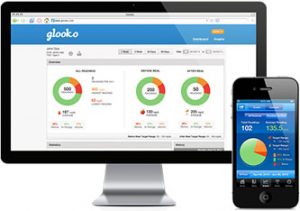
While Glooko costs $5 per month, we have included it in this list because many people are able to access the app for free through their insurance company, employer and other sponsored medical programs. Glooko syncs with your BG meter, insulin pump and/or CGM, allowing you to monitor and record your blood sugar data alongside food, medication, and lifestyle data to an accurate picture of your well-being. Trust us – doctors love it when their patients can show them all this information in one place.



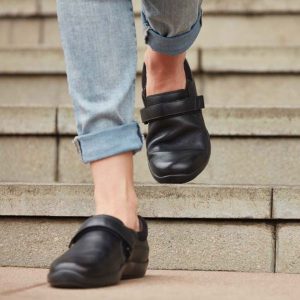 professional involved in your purchase. Many insurers will only cover diabetic shoes that are custom fitted, which requires a professional shoe fitting. Custom fitted shoes are safer for your feet and more comfortable, so skipping this step is not advisable.
professional involved in your purchase. Many insurers will only cover diabetic shoes that are custom fitted, which requires a professional shoe fitting. Custom fitted shoes are safer for your feet and more comfortable, so skipping this step is not advisable. critical to keeping your feet supported, comfortable and safe.
critical to keeping your feet supported, comfortable and safe.

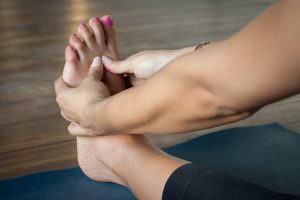 Academy of Physician’s Assistants’ Board of Directors
Academy of Physician’s Assistants’ Board of Directors 
 When your feet are not properly carrying weight while you walk, the pressure shifts to other body parts.
When your feet are not properly carrying weight while you walk, the pressure shifts to other body parts. Foot injuries are a big concern for people with diabetes. Nerve damage can make it difficult to identify or respond to foot pain, which can lead to exacerbated injuries and even loss of limbs. Orthotics add support for feet, reducing the risk of rolling an ankle or sustaining another foot injury. Orthotics can also help those who already have injuries to walk in a way that doesn’t add to the issue.
Foot injuries are a big concern for people with diabetes. Nerve damage can make it difficult to identify or respond to foot pain, which can lead to exacerbated injuries and even loss of limbs. Orthotics add support for feet, reducing the risk of rolling an ankle or sustaining another foot injury. Orthotics can also help those who already have injuries to walk in a way that doesn’t add to the issue.

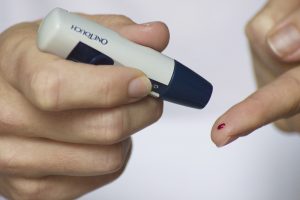 Hemoglobin A1C and blood glucose testing are important rituals for any diabetic. For those taking on an exercise plan, testing has an added perk – motivation! Exercise often keeps blood sugar under control, and good test results can bring a sense of encouragement for those taking their first steps into a healthier lifestyle.
Hemoglobin A1C and blood glucose testing are important rituals for any diabetic. For those taking on an exercise plan, testing has an added perk – motivation! Exercise often keeps blood sugar under control, and good test results can bring a sense of encouragement for those taking their first steps into a healthier lifestyle.


